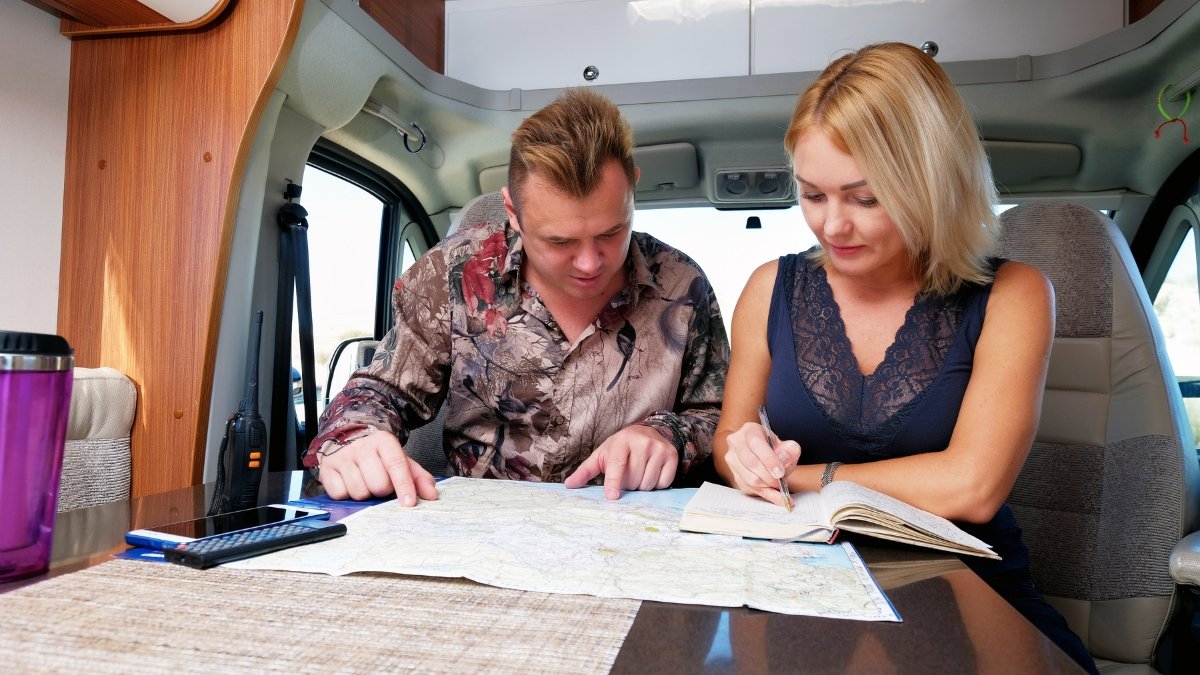RV slide-out repairs cost from $500 to $5,000, and having one go bad on the road while extended can carry additional costs, and that’s just ONE potential repair.
You bought your RV for freedom and adventure. But expensive RV repairs can turn your dream into a financial nightmare fast. RV owners face repair bills that can range from thousands to tens of thousands of dollars, often without warning.
Your engine dies 500 miles from home. Your generator quits during a heat wave. Your refrigerator stops cooling with $300 worth of food inside. These aren’t rare disasters; they’re common, costly RV maintenance problems that happen to thousands of RV owners every year.
But smart RV owners know a secret. They use a simple 5-step system that cuts repair costs in half and prevents the most expensive breakdowns before they happen.
The Shocking Reality of RV Repair Costs in 2025
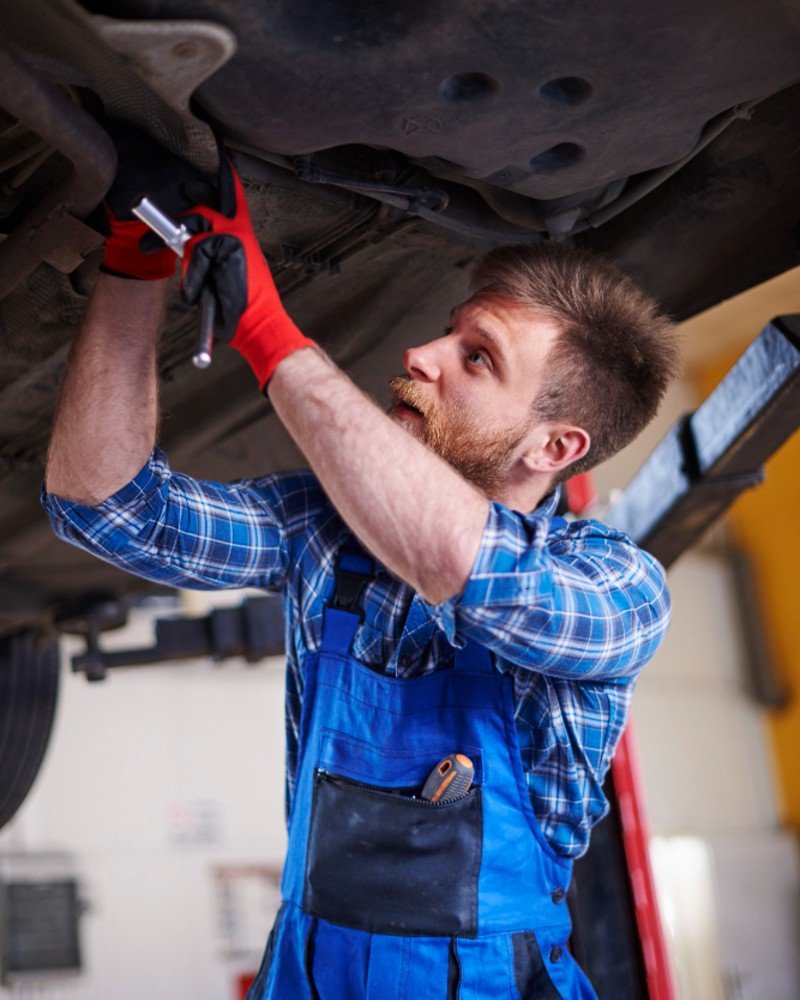
You just got the repair estimate. Your heart sinks. The number on that paper looks more like a mortgage payment than a simple RV fix.
RV dealership labor rates now range from $129 to $189 per hour. That’s right, nearly $200 an hour just for someone to look at your rig. National average labor rates sit between $150 and $170 per hour, making even simple repairs expensive RV maintenance nightmares.
RV refrigerators are smaller and more expensive than residential fridges, even though they offer fewer features. A basic RV fridge starts around $1,000. Luxury models hit $3,000 or more.
Supply chain problems make everything worse. As of August 2021, rooftop air conditioner units are on backorder on a national scale. This scarcity drives up prices for parts. When parts are hard to find, repair shops charge whatever they want.
Real RV owners are feeling the crunch. One couple spent $3,200 on six new tires and $1,450 on Sumo Springs, which is $4,650 for just two items. Over 45 months, their total RV repair and maintenance costs hit $17,981.
Another RV owner faced a $4,000 refrigerator replacement. She chose to repair the cooling unit for $1,800. Still painful, but she saved $2,200 by avoiding the full replacement.
If your RV needs major work, you could easily drop $10,000 or more in a single visit. Engine problems? $4,000 to $44,000. Generator replacement? Up to $13,600. Slide-out repairs? $5,000 or higher.
Engine and Transmission Failures ($4,000-$44,000)
Engine and transmission problems are every RV owner’s worst nightmare. Transmission and engine repairs range anywhere from $4,000 $44,000, depending on the issue’s severity. Yes, you read that right $44,000. That’s more than some people’s entire RV cost.
i. Why These Repairs Destroy Budgets Fast
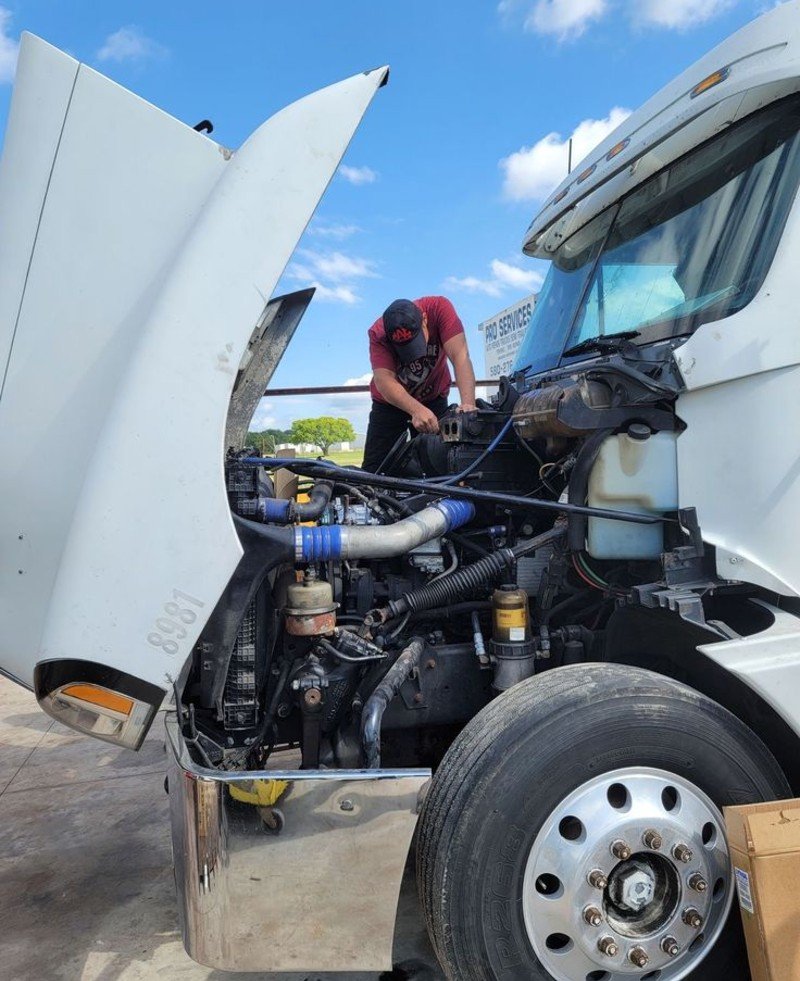
Transmission issues are the kiss of death for older RVs and motor homes with lots of mileage. When your engine or transmission dies, you can’t drive anywhere. You’re stuck paying for emergency mobile service or expensive towing just to get diagnosed.
The biggest downside of an engine or transmission issue is breaking down on a trip, with no way to get to a repair shop. Mobile service is difficult and expensive. You’ll pay premium rates for someone to come to you, often in the middle of nowhere.
Warning signs that spell trouble:
i. Engine knocking or grinding sounds
ii. Transmission slipping between gears
iii. Burning oil or transmission fluid smells
iv. Check engine lights that won’t go away
v. Hard shifting or delayed engagement
vi. White or blue smoke from the exhaust
ii. Stop Problems Before They Bankrupt You
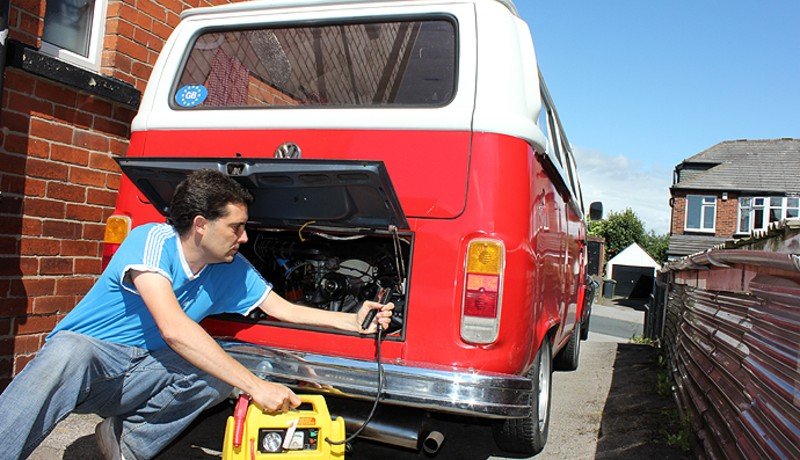
Change your oil every 3,000 to 5,000 miles religiously. Check transmission fluid monthly. It should be red and smell sweet, not burnt. Replace air filters every 12,000 miles. Keep your cooling system in perfect shape because overheating kills engines fast.
Watch your driving habits too. Don’t floor it when merging onto highways. Let your engine warm up before driving hard. Coast to red lights instead of braking hard at the last second.
iii. When to Cut Your Losses
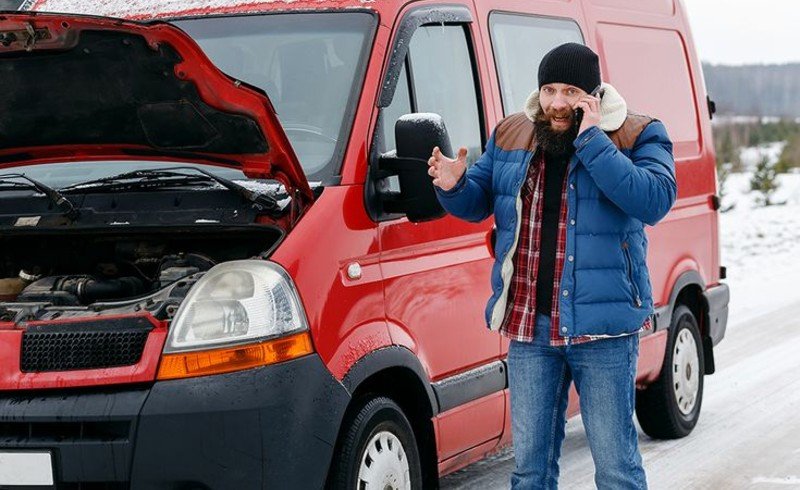
If your RV is worth less than $15,000 and needs a $20,000 engine rebuild, walk away. Transmission repairs or replacement rarely justify their cost, easily costing at least the value of your vehicle.
If the engine repair costs more than half your RV’s value, sell it for parts and buy something else. You’ll save money and avoid future headaches.
iv. The Smart Move
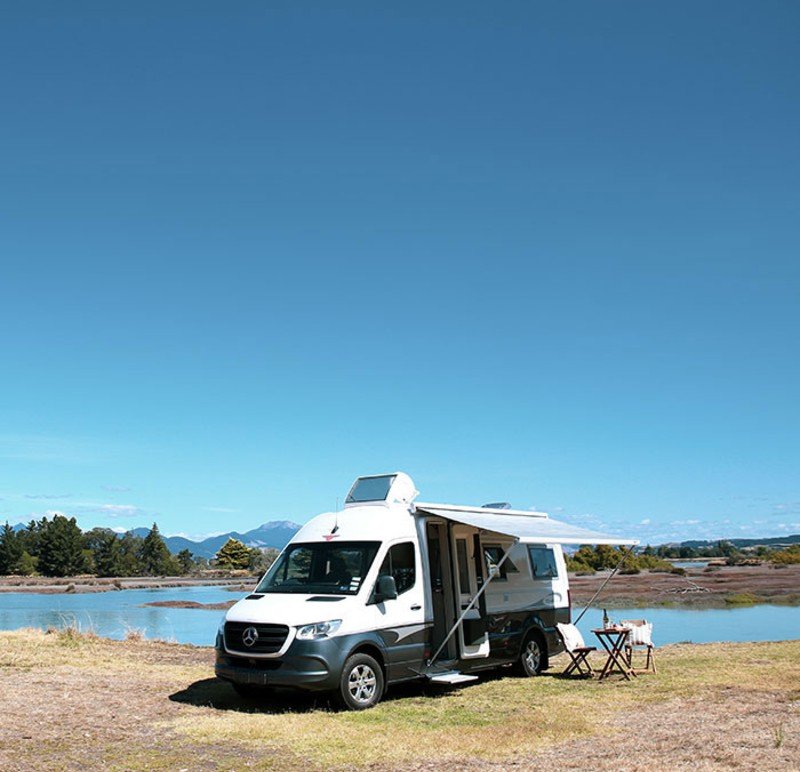
Set aside $200 every month for engine and transmission maintenance. That $2,400 per year beats a surprise $30,000 repair bill that ruins your retirement fund.
Prevention costs pennies. Repairs cost fortunes.
Slide-Out System Breakdowns ($500-$8,400)
You hit the button to bring in your slide-out. Nothing happens. You try again. Still nothing. Now panic sets in because you’re supposed to leave in the morning.
Slide-out problems turn dream trips into expensive nightmares fast. Our averages range anywhere from about $1,800 to about, we’ve seen $5,000 in slideout repairs, but severe damage can push costs even higher to $8,400 or more.
i. Why Slide-Out Repairs Drain Your Wallet
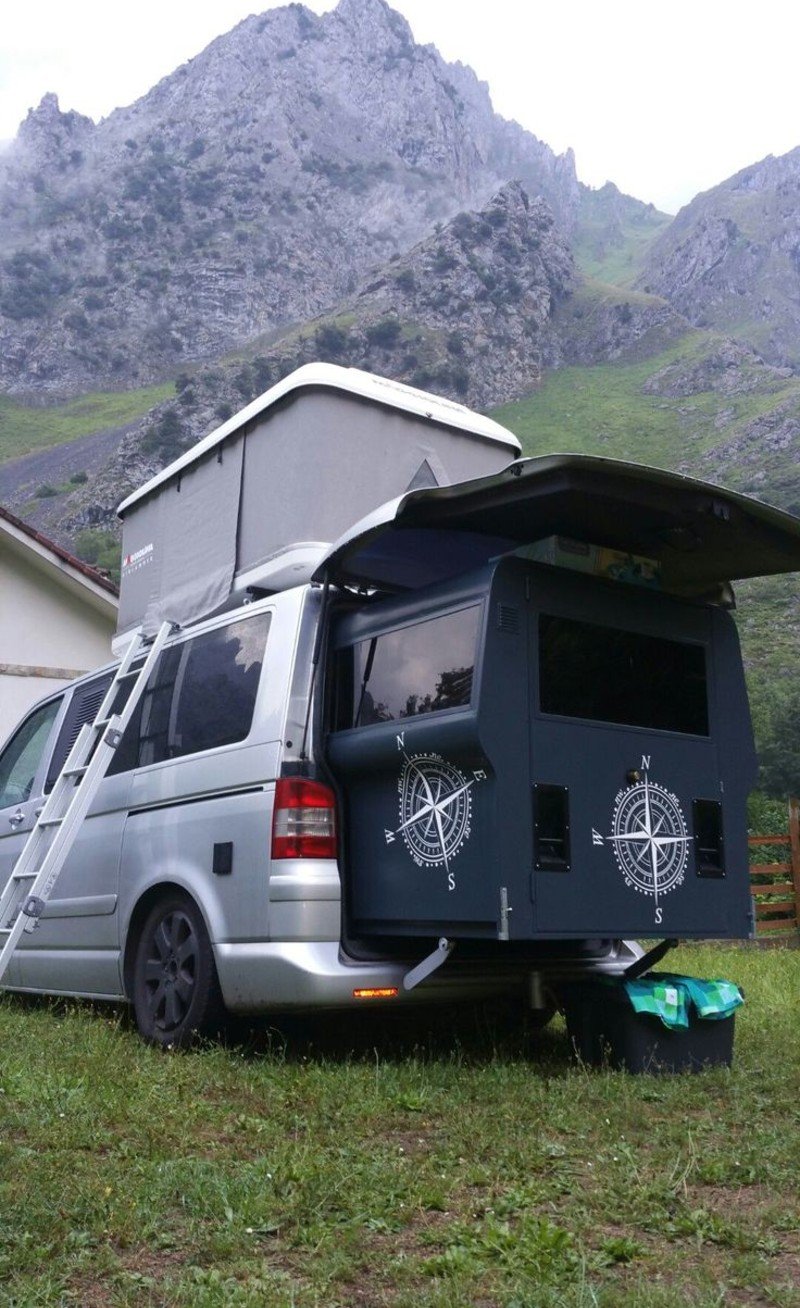
These systems are heavy and complex. A lot of times, if you are handy, and some people try to figure these things out themselves, but with a slideout, they’re just so heavy and awkward to fix that you need a professional. One small motor problem can require dismantling half your RV’s interior.
Common slide-out problems that cost thousands:
i. Motor burnout from overuse or age
ii. Bent or damaged tracks and rails
iii. Seal failures that let water in
iv. Electrical shorts in the control system
v. Hydraulic leaks in powered systems
ii. The Nightmare Scenario
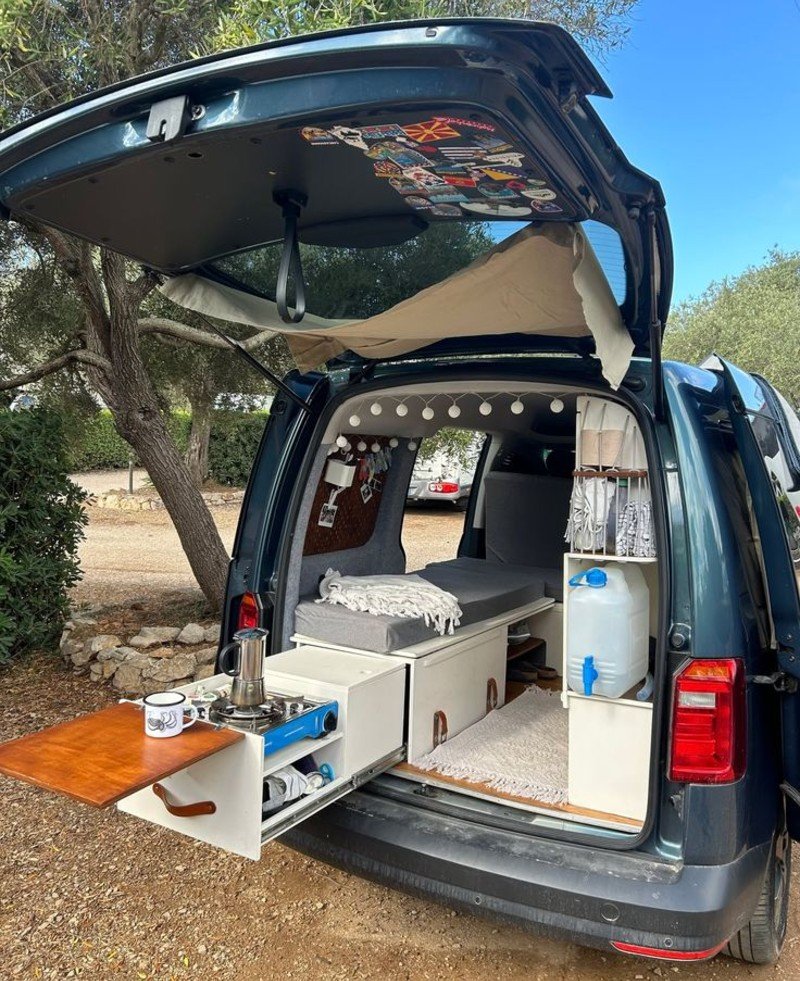
You’re camping 200 miles from nowhere. Your slide-out won’t retract. Many RVers have had theirs get stuck in the open position when camping in a remote location. The cost of having a mechanic come to them to repair it or towing the broken trailer to get it to a garage only adds to the already expensive RV fix.
Emergency mobile service calls for stuck slide-outs start at $500 just to show up. If they can’t fix it on-site, you’ll pay towing fees for an oversized load, often $1,000 or more.
iii. Stop Slide-Out Disasters Before They Happen
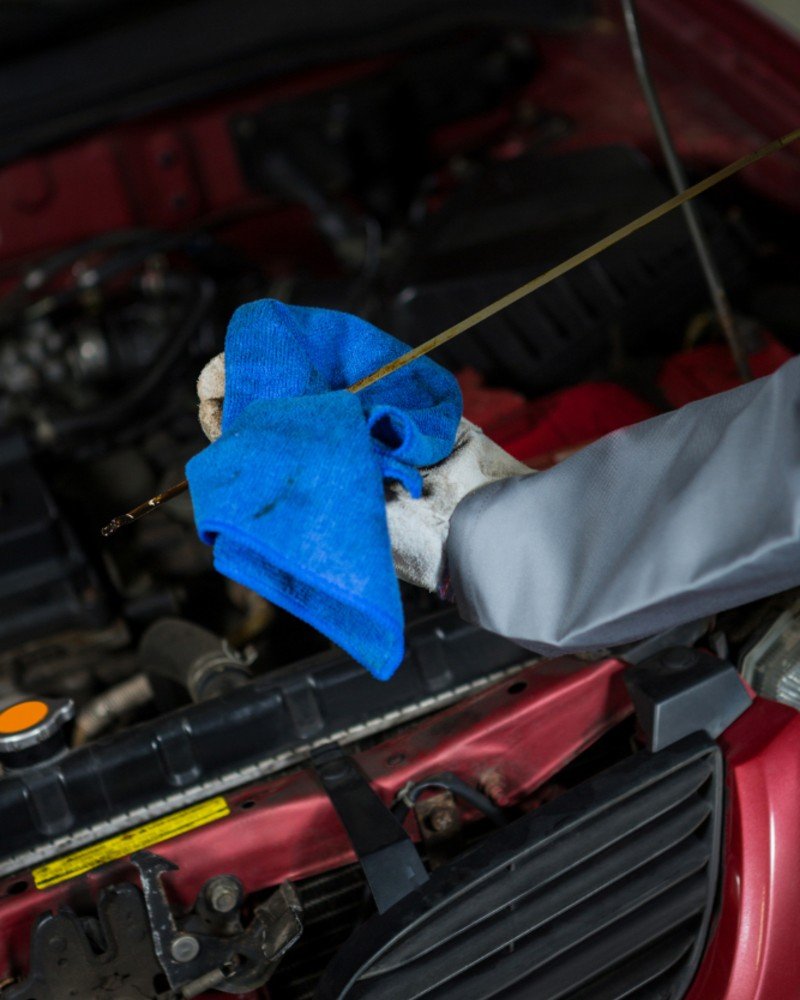
Lubricate tracks and gears every three months with white lithium grease. Check seals around slide-outs monthly for cracks or gaps. Clean debris from tracks after every camping trip. Test your slide-outs monthly, even when parked; motors that sit too long seize up.
Never force a stuck slide-out. You’ll turn a $200 motor replacement into a $3,000 structural repair.
iv. Smart Money-Saving Moves
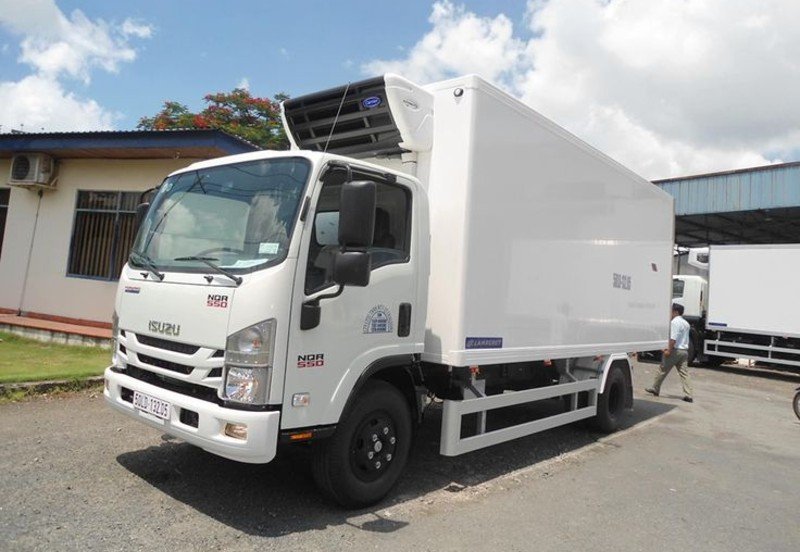
Find a mobile RV tech who specializes in slide-out repairs before you need one. They cost less than dealerships and come to you. Keep spare fuses and basic tools on hand for simple electrical fixes.
Slide-out maintenance is an excellent example of an ounce of prevention being preferable to a very expensive pound of RV repair cure. Spend $50 on maintenance every few months, or risk $5,000 repairs when you’re stuck in the middle of nowhere.
Generator Replacement ($3,000-$13,600+)
Your generator sputters and dies. The lights go out. The fridge stops running. Your boondocking paradise just became an expensive problem.
Generator failures hit motorhome owners especially hard. For motorhomes, the cost can be worse, even as high as $13,600. Such repairs could take over $12,000 out of your pocket for large motorhomes. Travel trailer owners get off easier, but still face bills of $3,000 to $6,000.
i. Why Motorhome Generators Cost So Much More
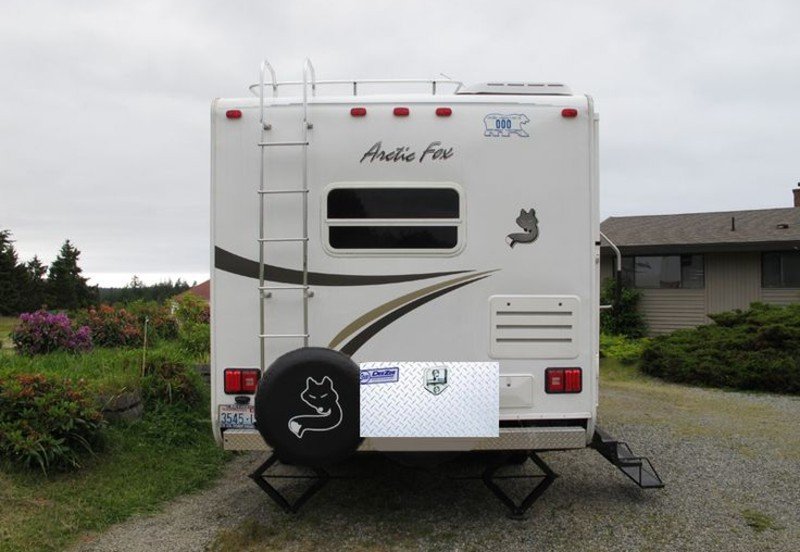
Auxiliary generators on motorhomes connect to the coach and chassis batteries, which partially explains the increased cost: the more elements connected, the further the extent of the repair. Your generator isn’t just bolted on; it’s wired into your entire electrical system.
ii. Portable Vs. Built-In Generators: Huge Cost Difference
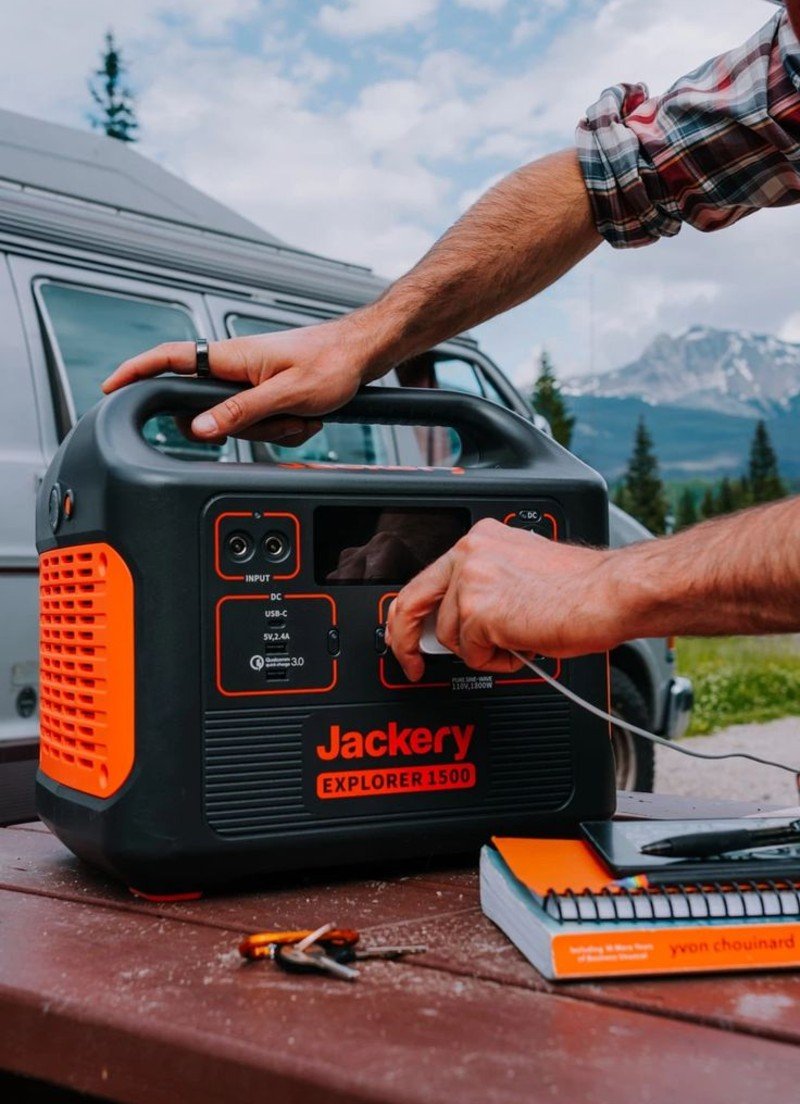
Portable generators can be less expensive and typically run between $300 $600, depending on their power and features. However, permanent generators, enclosed and vented, are significantly more expensive. They can hit your wallet for $3000 or more.
Generator problems that empty your bank account:
i. Carburetor failures from old fuel
ii. Control board burnouts
iii. Inverter malfunctions
iv. Cooling system breakdowns
v. Exhaust system rust and damage
ii. Prevent Generator Disaster With Simple Maintenance
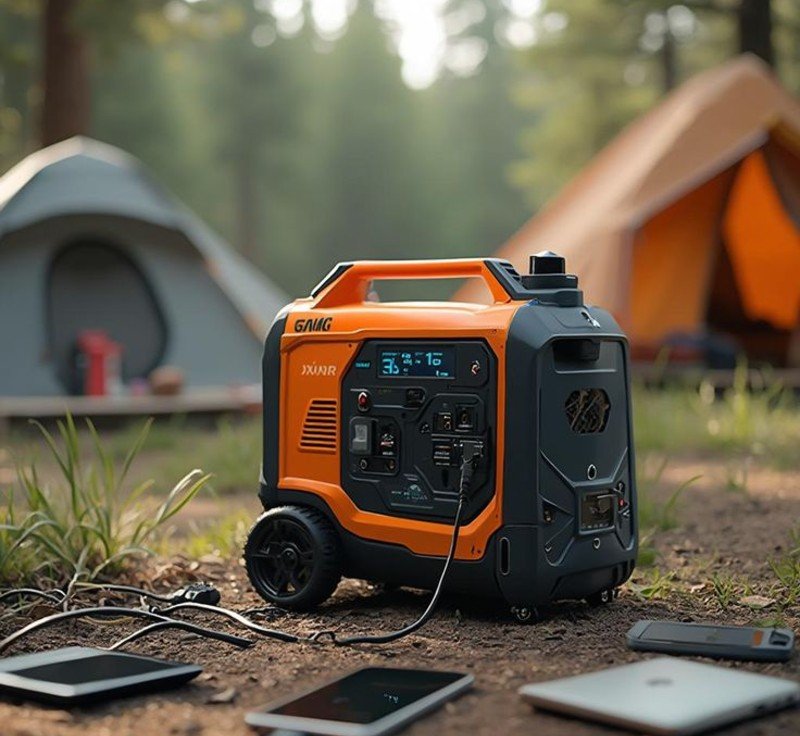
Run your generator for 30 minutes every month, even when plugged into shore power. Change the oil every 100 hours of use. Replace air filters twice a year. Use a fuel stabilizer if you store your RV for more than 30 days.
Never let your generator sit with old gas. Stale fuel gums up carburetors and costs $800 to $1,200 to clean professionally.
iii. Smart Alternatives Save Thousands
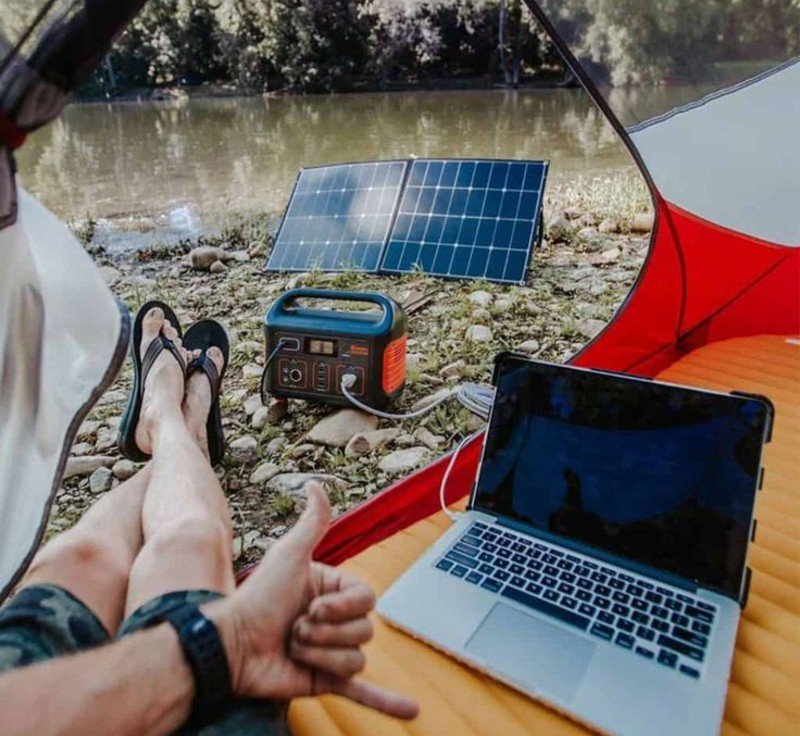
Consider portable generators for backup power instead of replacing built-in units. Add solar panels and extra batteries for quiet, maintenance-free power. Most RVers use auxiliary generators when boondocking in their travel trailers and depend on them for almost everything.
Refrigerator Failures ($2,000-$14,500)
You open your RV fridge and it’s warm inside. Your ice cream is soup. Your beer is hot. Your weekend trip just became a very expensive problem.
RV refrigerator replacement hits harder than almost any other repair. Repairs, unfortunately, can run the gamut in cost: typically, repairs range anywhere between $2,000 and $14,500. Even a “simple” cooling unit replacement starts at $1,800.
i. Why RV Fridge Repairs Cost So Much
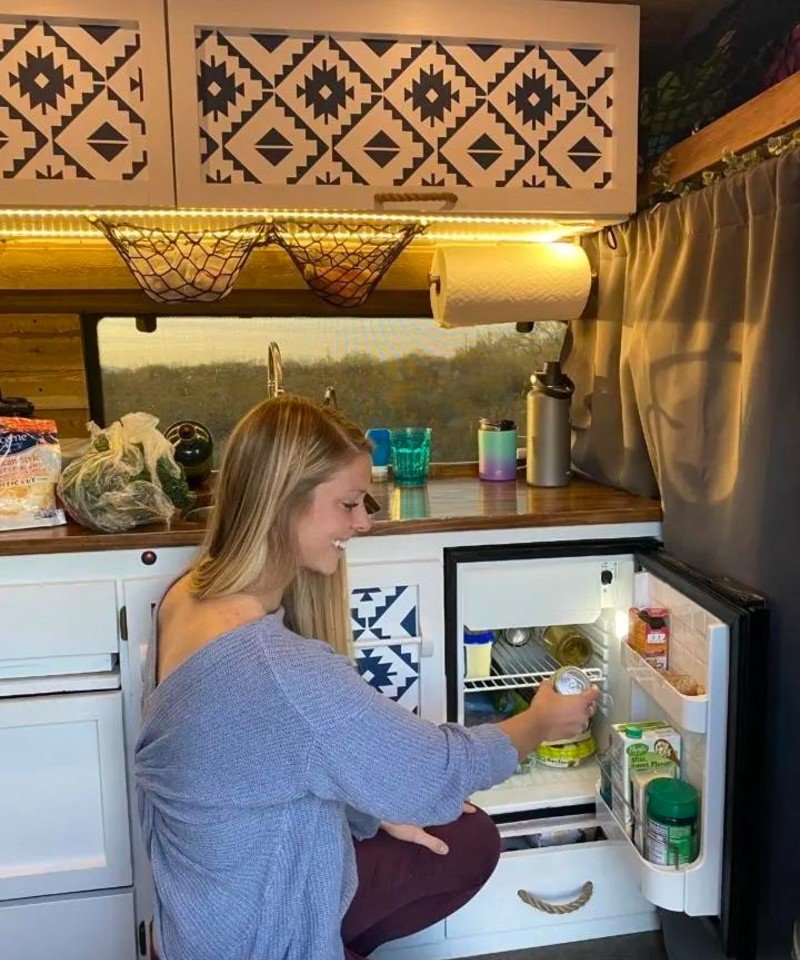
Your RV refrigerator isn’t like the one in your kitchen. It runs on propane, 12-volt DC, and 110-volt AC power. When it breaks, you need an RV specialist, not your local appliance repair guy.
But here’s the real nightmare: Due to their size, refrigerators do not always fit through the RV doors. To replace a refrigerator, windows, or even entire slide-out rooms must be removed. Imagine paying $500 just to get the old fridge out through your window with a forklift.
ii. Real RV Owners Feel The Pain
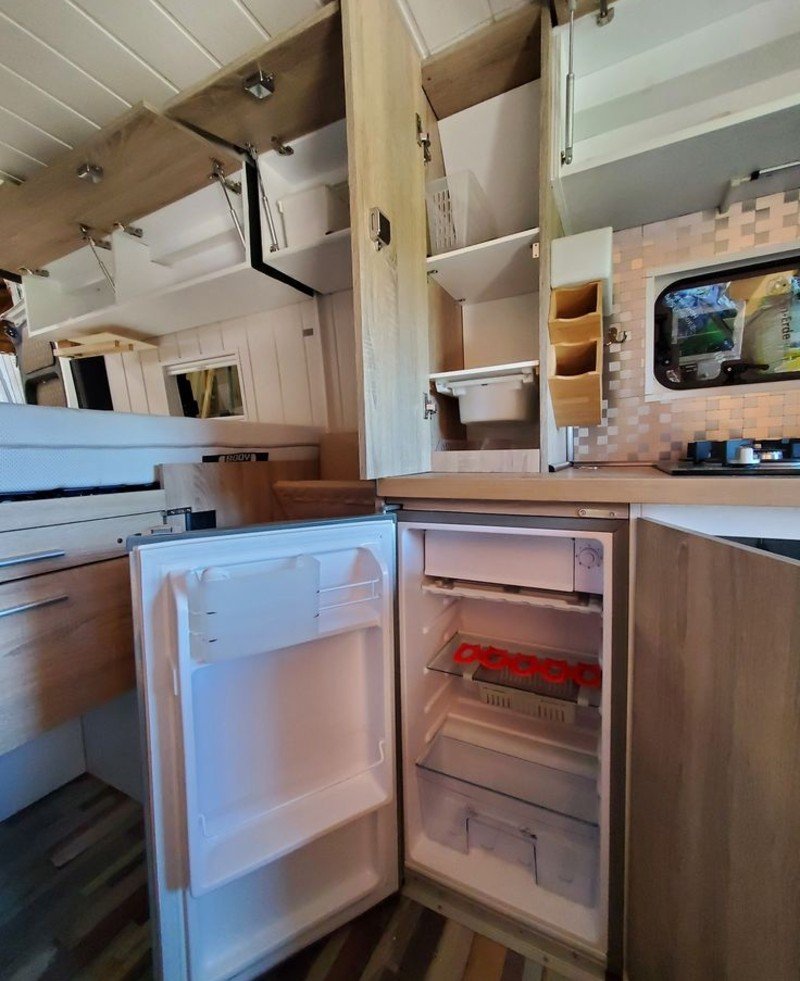
Mark and Emily’s experience is not unique. Tammy Williams spent $1,800 replacing her refrigerator’s cooling unit after deciding against a $4,000 full replacement. That’s $1,800 for a repair, not even a new fridge. Signs your RV fridge is dying:
i. Takes longer than 4 hours to get cold
ii. The freezer section doesn’t freeze
iii. Yellow stains around cooling coils
iv. Ammonia smell (means coolant leak)
v. The fridge runs constantly but stays warm
iii. Save Your Fridge Before It’s Too Late
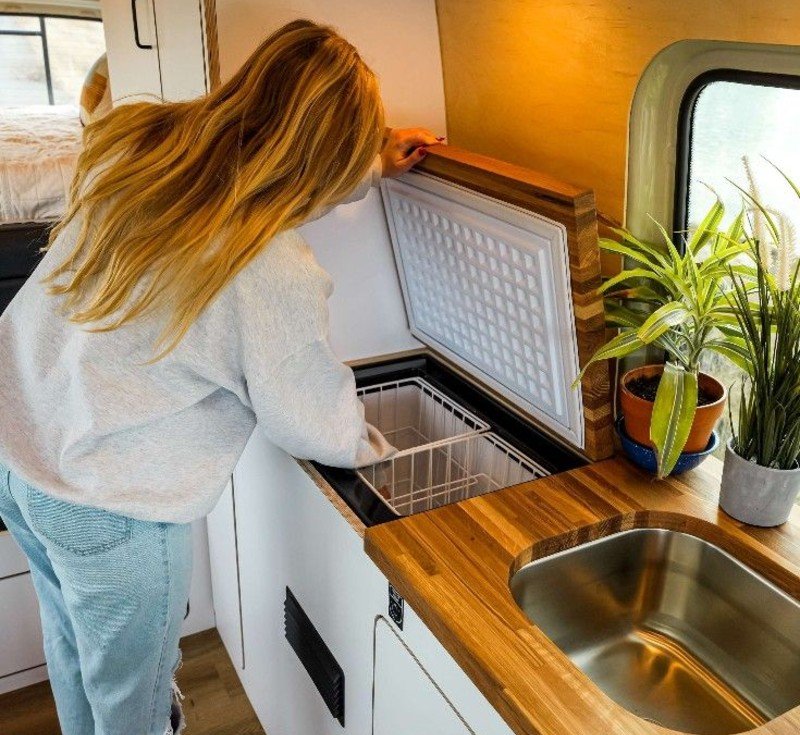
Keep your RV level when parked; absorption refrigerators hate being tilted. Clean the back coils every 6 months with compressed air. Check door seals monthly for cracks. Never overpack your fridge needs airflow to work.
Run your fridge on propane while driving instead of 12-volt power. The 12-volt mode can’t keep up and burns out cooling elements faster.
Roof and AC System Problems ($1,500-$8,400)
Your AC stops cooling during a 95-degree heat wave. Or you spot water dripping from your ceiling after a storm. Both problems can drain your bank account fast.
Ranging between $1,500 and $8,400, needed repairs to your roof and A/C not only make for an uncomfortable trip Top 10 Most Expensive RV Repairs, but they’re also expensive. When your AC dies in summer, you’ll pay premium rates for emergency service.
i. Common AC Problems That Cost Thousands
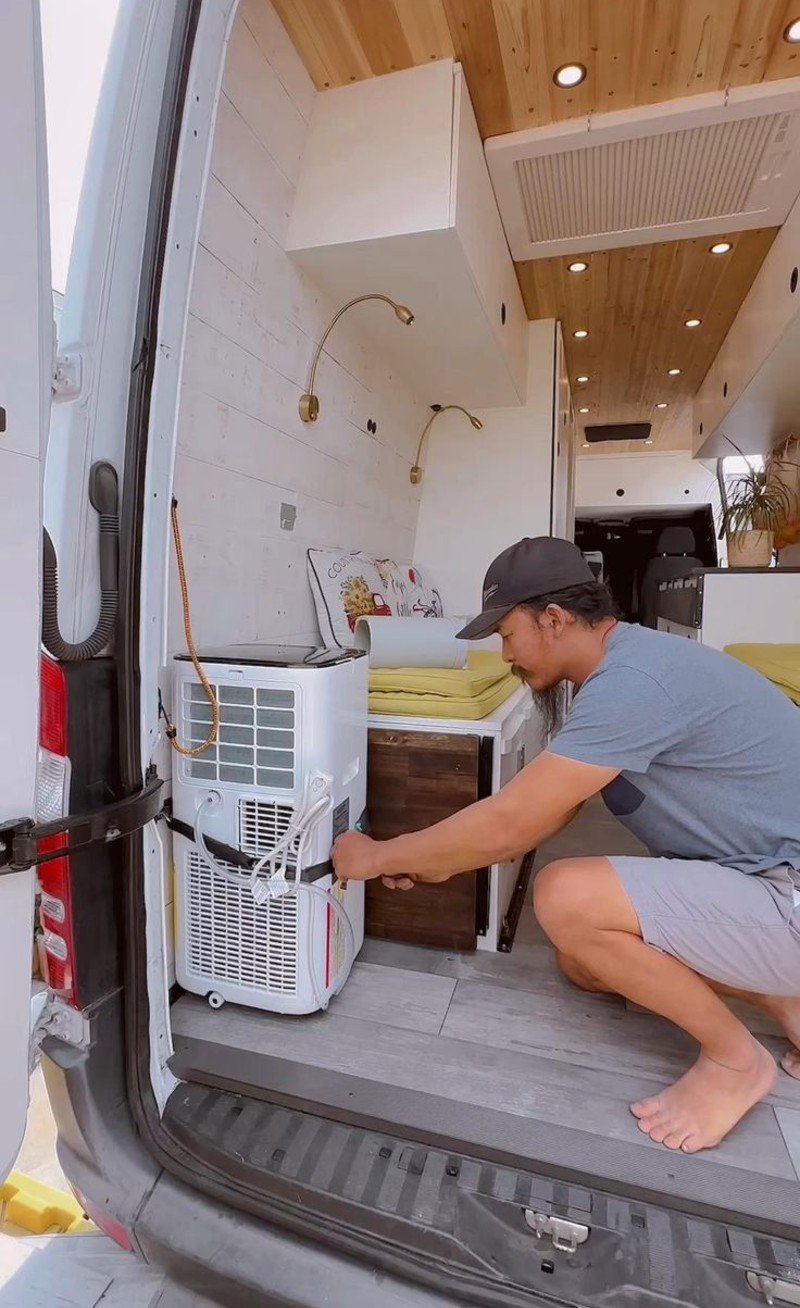
i. Frozen coils from dirty filters
ii. Compressor failures from overwork
iii. Control board burnouts
iv. Refrigerant leaks
v. Motor bearing failures
Your roof AC unit sits in the worst possible spot, baking in direct sunlight, getting hit by rain, hail, and road debris. Unlike residential units, they cannot be serviced, meaning that even small malfunctions require replacing the entire unit.
ii. Roof Leaks Destroy Everything

Water damage starts small but spreads fast. A tiny roof leak can rot your ceiling, walls, and floor within months. Repair costs multiply quickly when water gets inside your RV’s structure.
iii. Stop AC Disasters Before They Happen
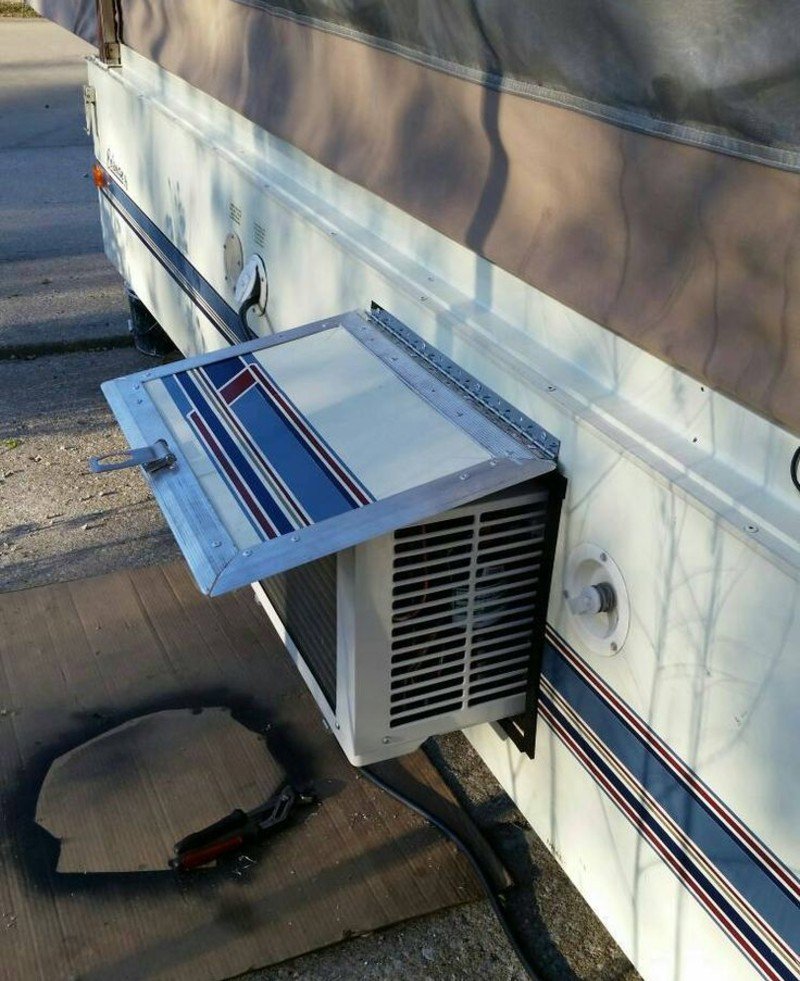
Replace AC filters every month during heavy use. Clean the condenser coils twice per season with a garden hose. Check roof seals around your AC unit every spring for cracks or gaps.
Never run your AC when your generator is struggling. Low voltage kills compressors, and compressor replacement costs $2,000 to $3,500.
iv. DIY Vs. Professional Repairs
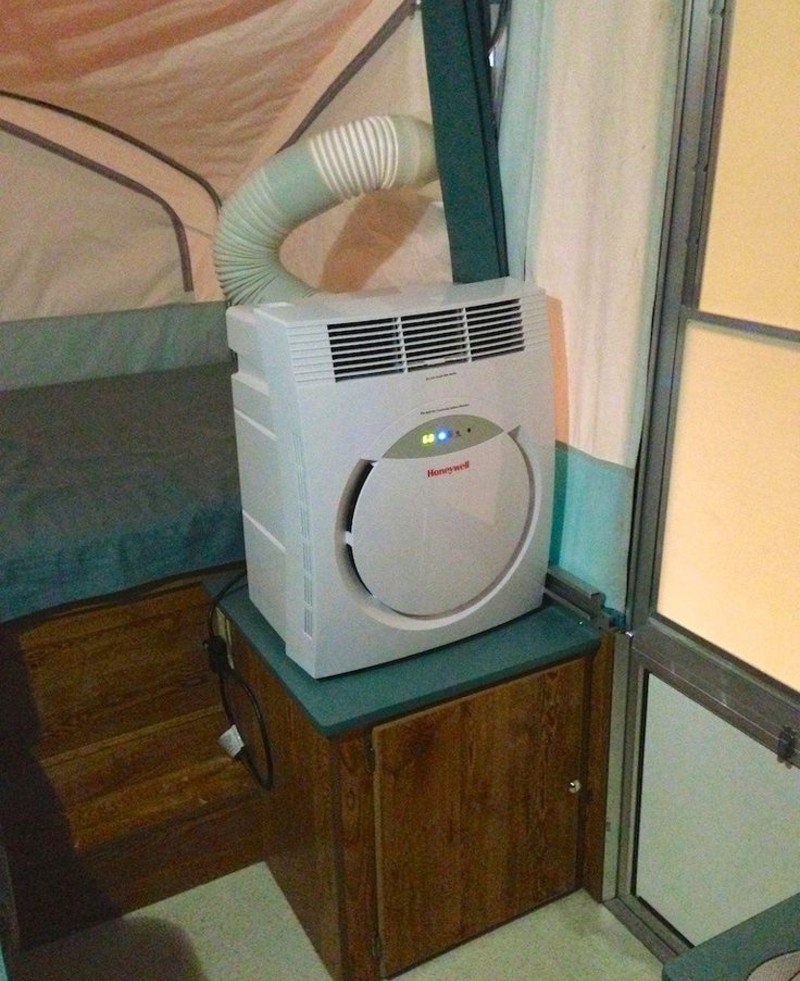
You can replace filters, clean coils, and seal small roof cracks yourself. But electrical problems, refrigerant issues, and major roof work need professionals. One mistake with refrigerant can ruin your entire AC system.
Water System Catastrophes ($1,500-$5,000+)
You notice a funky smell in your RV. The floor feels spongy near the toilet. Your black tank sensor reads full when you just emptied it. Welcome to expensive water system problems.
Black tank repair with parts and labor can cost $1,500 to $5,000, while other water assembly issues, like problems with the water heater, can cost upwards of $5,000. Water problems start small but grow into wallet-crushing disasters.
i. Water Damage: The Silent RV Killer
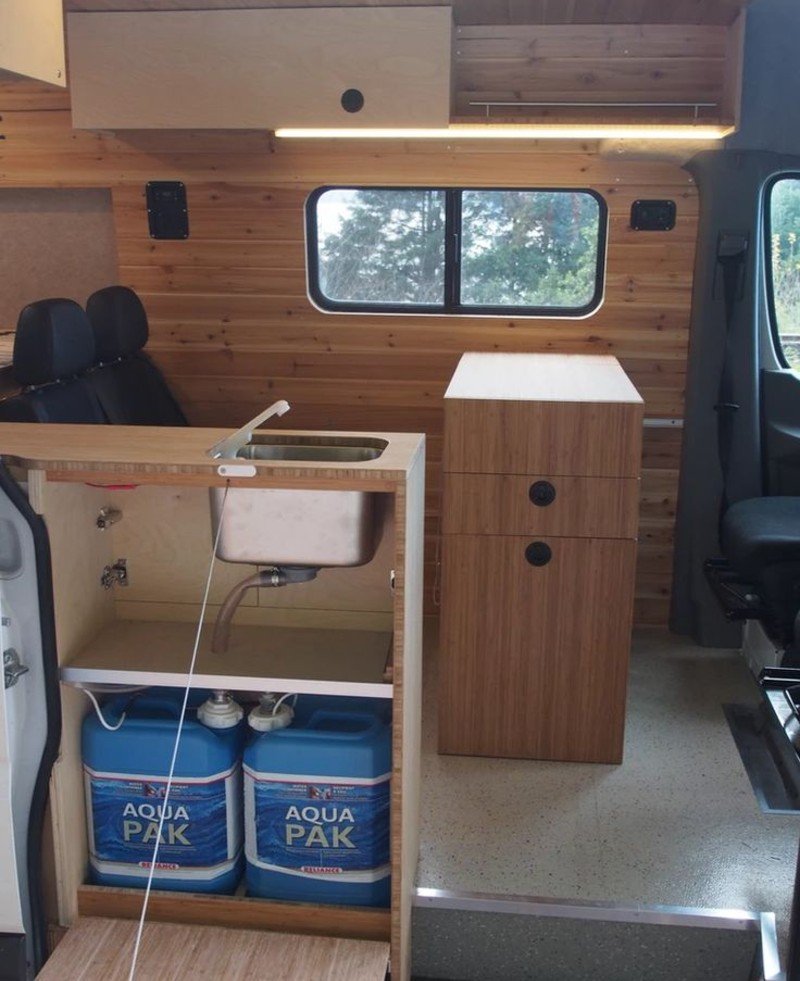
You might not notice water problems until it’s too late. A small leak behind your toilet can rot floor joists and wall studs. By the time you see damage, repairs cost $10,000 or more.
Expensive water system failures:
i. The black tank cracks from freezing
ii. Water heater element burnout
iii. Pump motor failures
iv. Burst water lines from pressure spikes
v. Tank sensor malfunctions
ii. Black Tank Problems That Cost Big
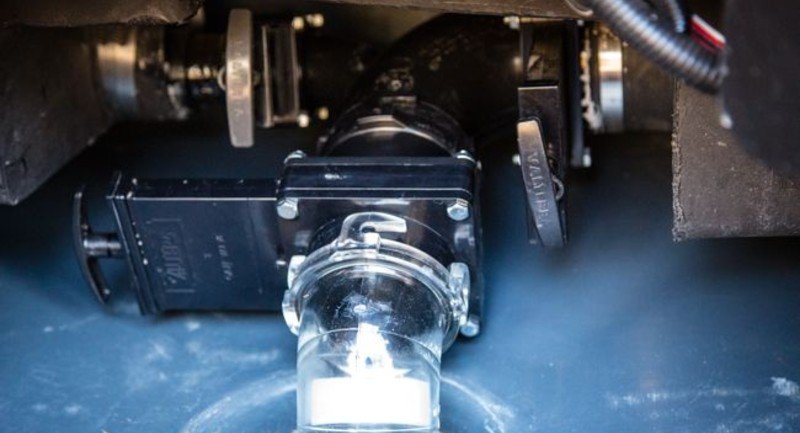
Tank sensors get coated with waste and give false readings. Professional cleaning costs $300 to $500. If your tank cracks from overfilling or freezing, replacement starts at $1,500 plus hours of labor to access it.
iii. Water Heater Death Is Expensive
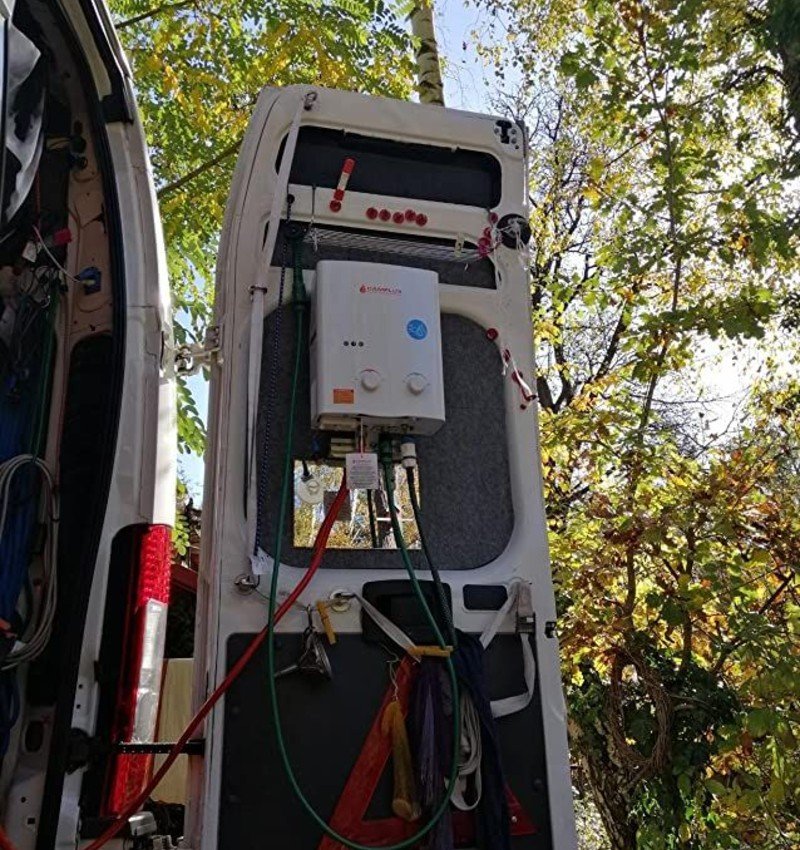
Electric elements burn out from running dry. Gas models have thermostat failures. Both problems mean no hot water and repair bills starting at $800. Full water heater replacement runs $1,200 to $2,000 plus installation.
iv. Prevent Water Disasters
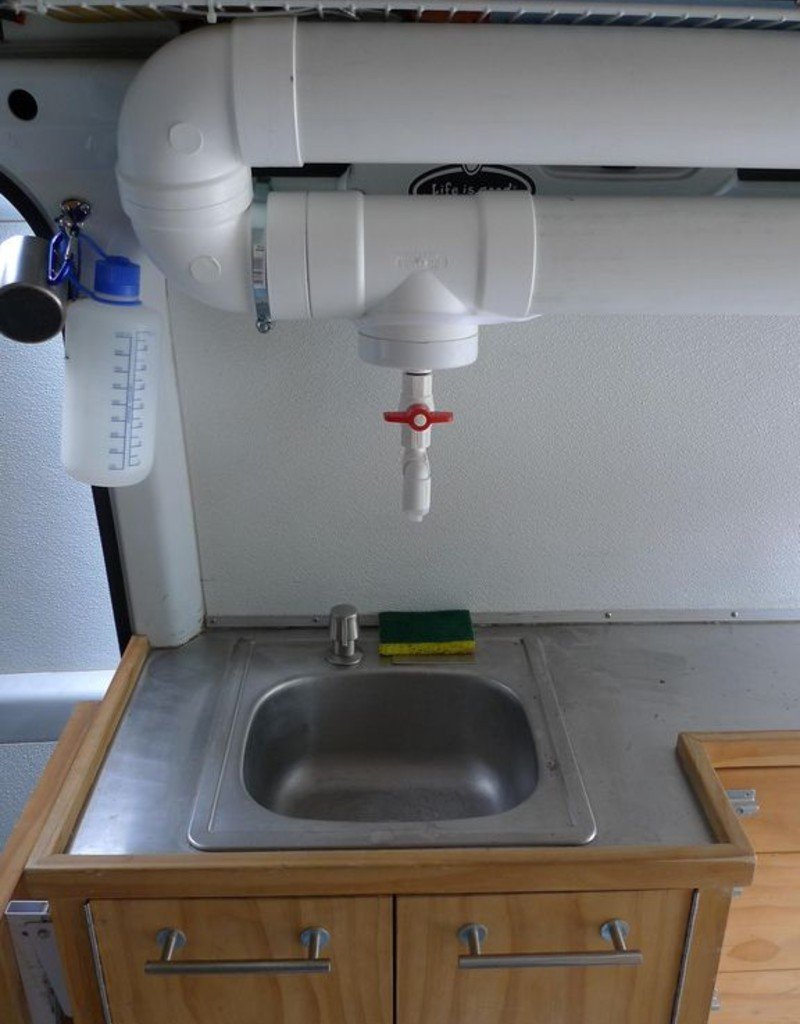
Use a water pressure regulator at every high-pressure burst line. Winterize properly if temperatures drop below freezing. Never let your water heater run dry.
You benefit by staying on top of fresh and wastewater maintenance: sanitizing the freshwater tank each Spring and cleaning out the black water and grey water tanks frequently.
Leveling System Failures ($1,500-$8,400)
You hit the auto-level button. One corner of your RV goes up, then stops with a grinding noise. Now you’re stuck tilted like a funhouse, and getting level again will cost thousands.
Leveling system repairs destroy budgets fast. The expenses on those can be extremely, extremely expensive. Not all RVs, obviously, have those, but that’s the one that we always find on the newer, higher-end RVs.
i. Why Do Leveling Repairs Cost So Much
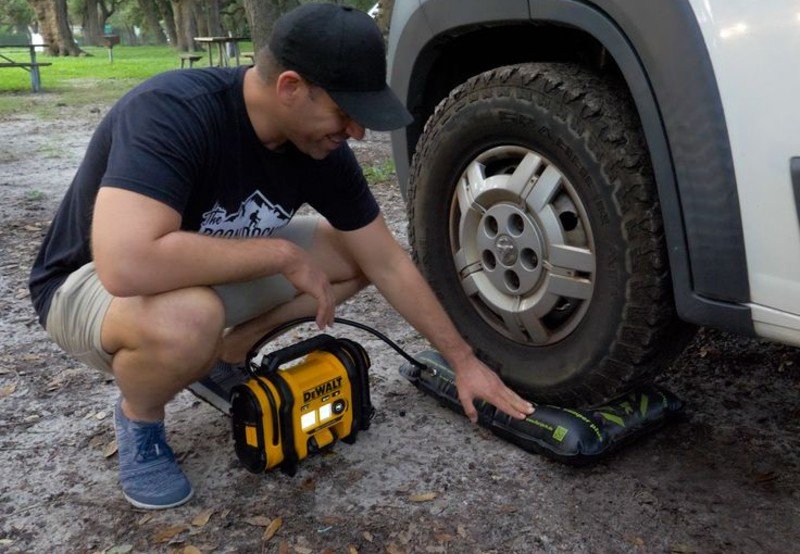
Leveling systems can require 2-4 hours of labor for each ram, and the rams themselves can cost up to $1000 each. Your RV might have 4 to 6 jacks, so do the math $4,000 to $6,000 just for parts.
ii. Hydraulic Vs. Electric Systems Are Both Expensive
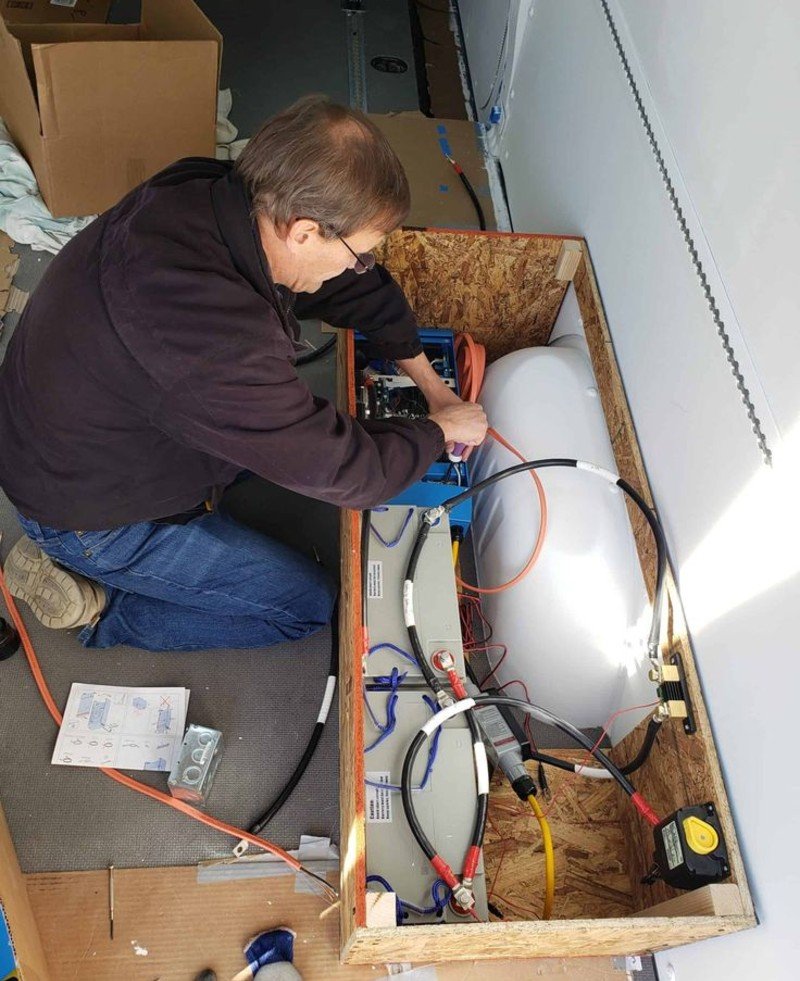
Hydraulic systems use pumps, valves, and fluid lines that leak and fail. Electric systems have motors and gears that wear out from heavy use. Neither is it cheap to fix when they break.
Common leveling system failures:
i. Ram seals leak hydraulic fluid
ii. Electric motors burn out from overwork
iii. Control boards short out due to moisture
iv. Bent rams from hitting obstacles
v. Pump failures in hydraulic systems
Signs your leveling system is dying:
i. Jack’s slower than normal
ii. Hydraulic fluid puddles under your RV
iii. Grinding or squealing noises
iv. Jacks won’t retract completely
v. Error codes on the control panel
iii. Smart Maintenance
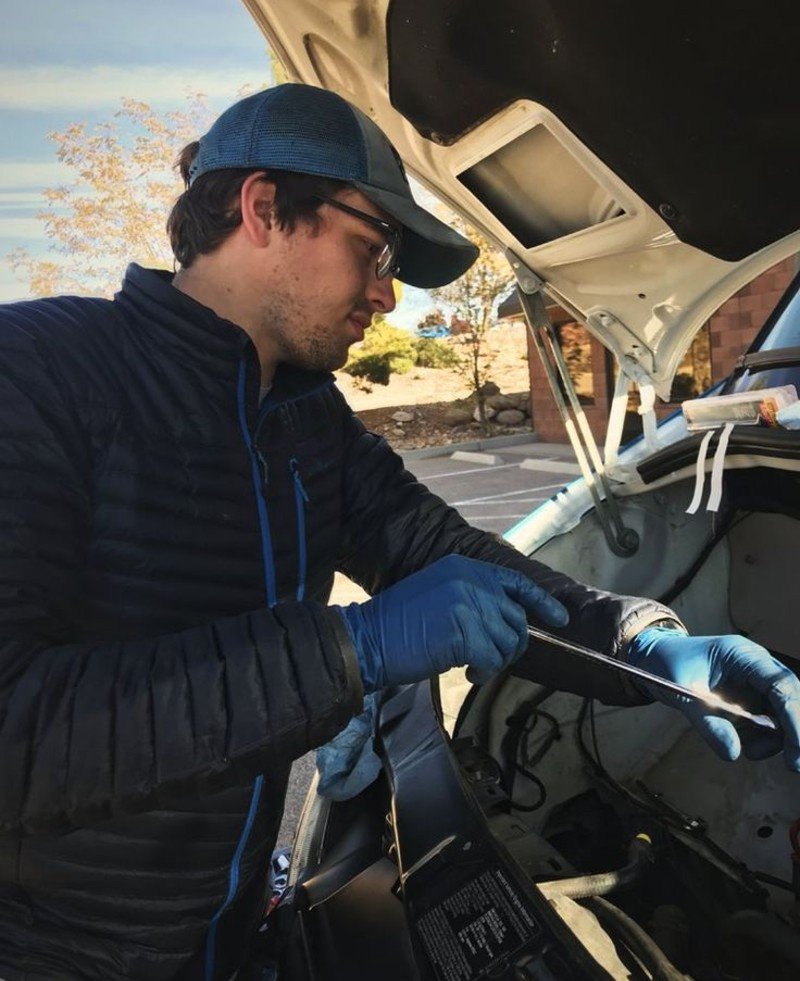
Grease jack mechanisms monthly during heavy use. Check for loose bolts that can damage mounting points. Test your system monthly, even when you don’t need it. Parts that sit unused seize up.
The Money-Saving Trick That Changes Everything
Here’s the secret RV manufacturers don’t want you to know: You can cut repair costs in half with a simple 5-step system. Smart RV owners follow this approach and avoid those bankruptcy-level repair bills.
i. Create A Preventive Maintenance Schedule

Learning how to handle minor fixes ourselves has easily saved us thousands of dollars in the ten years we’ve been on the road. Set monthly calendar reminders for basic checks oil levels, tire pressure, roof seals, and battery water.
Most expensive repairs start as cheap maintenance tasks. A $20 oil change prevents $15,000 engine rebuilds. A $5 fuse replacement beats $800 electrical system repairs.
ii. Learn 10 Basic DIY Repairs

You don’t need to be a mechanic. Master these money-saving fixes:
i. Replace fuses and breakers ($5 vs. $200 service calls)
ii. Clean AC filters ($0 vs. $300 professional cleaning)
iii. Seal roof cracks ($30 vs. $2,000 water damage repairs)
iv. Replace water pump fuses ($3 vs. $150 diagnosis fees)
v. Lubricate slide-out tracks ($15 vs. $1,800 motor replacements)
YouTube teaches everything. Search “[your RV problem] DIY fix” and you’ll find step-by-step videos. RV forums help when you get stuck.
iii. Use Mobile Mechanics, Not Dealerships
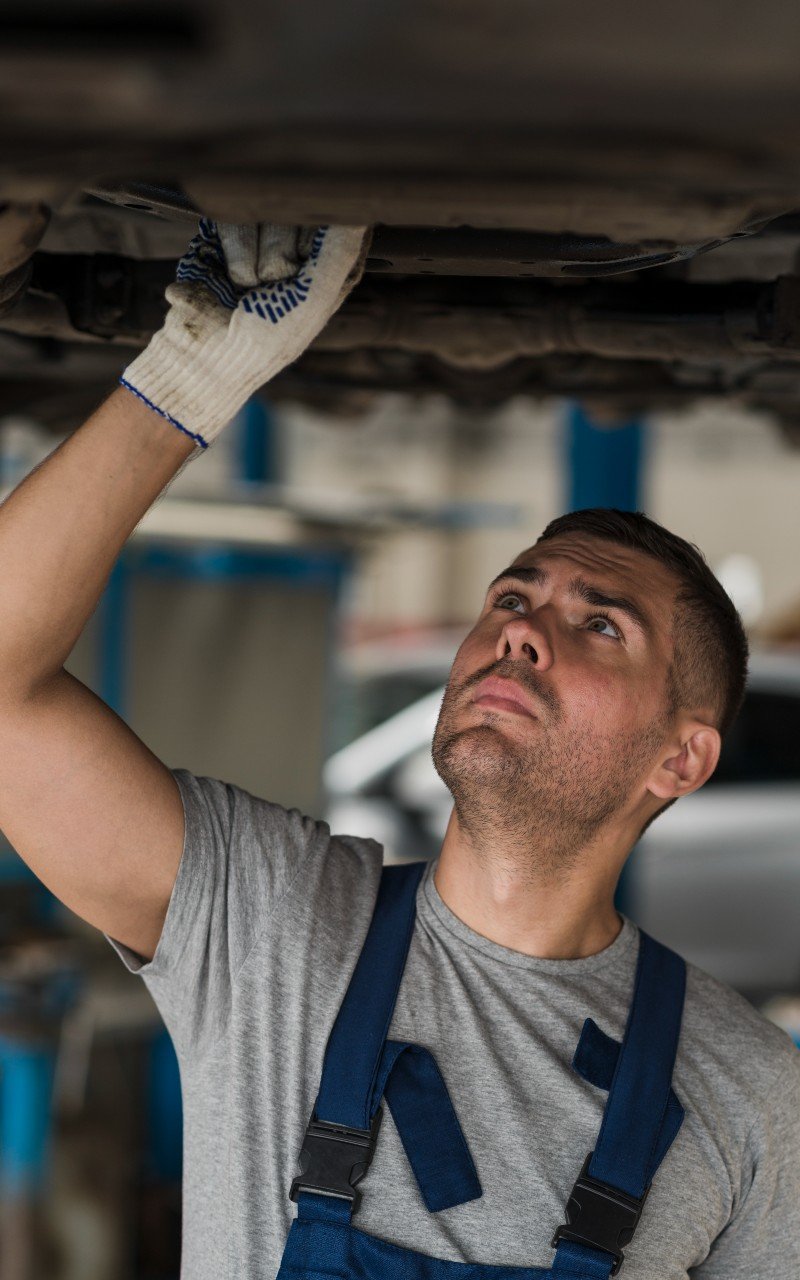
Per hr for a mobile tech is normal compared to $189 per hour at dealerships. Mobile techs save you towing costs ($4-$7 per mile) and work faster because they specialize in your exact problem.
Real cost comparison:
i. Dealership AC repair: $189/hour + $600 towing = $1,200 total
ii. Mobile mechanic: $155/hour + $0 towing = $620 total
iii. Your savings: $580 on one repair
iv. Source Parts Smart
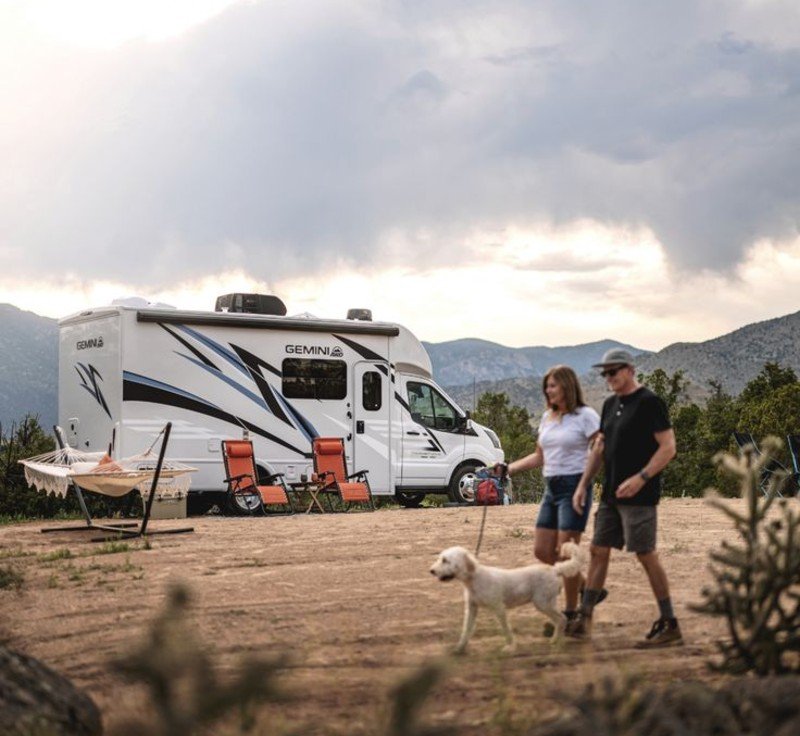
Many of the items used in RVs are no different than the ones you can purchase in stores or online. Buy generic parts when possible. Your water heater element doesn’t need to be “RV specific.” A $15 residential element works the same as a $75 RV part.
Join RV forums to find part numbers and compatible substitutes. Other owners share where to buy parts cheaply.
Your Emergency Action Plan: What to Do When Disaster Strikes
Your slide-out won’t retract. Your engine is making scary noises. Your AC died during a heat wave. Don’t panic, smart decisions in the next 30 minutes can save you thousands.
i. Assess the Safety Risk

Can you drive to safety? If your engine overheats, pull over immediately and shut it off. If your slide-out is stuck but your RV runs fine, you can move to a better location for repairs.
Never drive with transmission problems or brake failures. You’ll turn a $5,000 repair into a $30,000 accident claim.
ii. Decide Mobile Repair Vs. Shop Repair
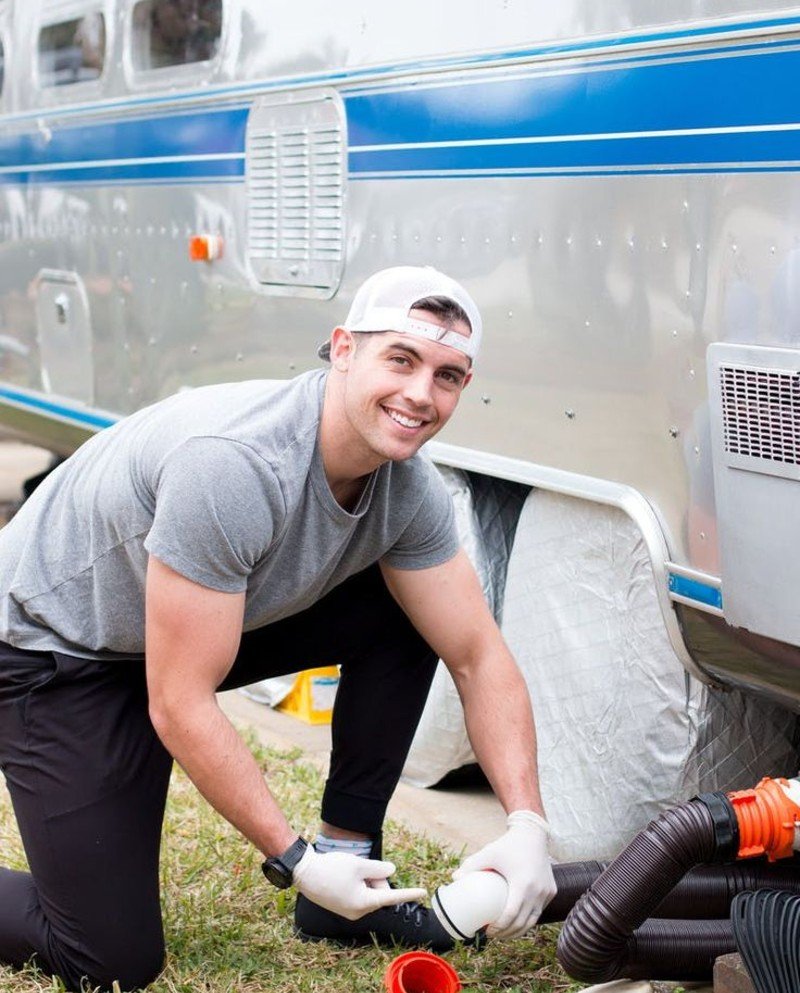
Mobile RV repair services offer the convenience of coming to your location, which can save you the hassle of towing your RV to a shop. Call mobile techs for electrical problems, AC repairs, and plumbing issues.
Take your RV to a shop for engine problems, transmission work, and major structural repairs. Some jobs need heavy equipment and shop tools.
iii. Calculate Towing Costs Before You Call

If your rig needs a tow, expect to pay $4-$7 per mile, with most companies trending towards the maximum. An 80-mile tow could easily cost $600. Add oversized load fees for big rigs.
Sometimes a $200 mobile diagnostic call saves $800 in towing charges, even if the mobile tech can’t fix your problem on-site..
v. Document Everything

Take photos of the problem before anyone touches your RV. Get written estimates that include labor, parts, and total costs. This protects you from surprise charges and helps with insurance claims.
FAQs
What’s the single most expensive RV repair that could bankrupt me?
Engine and transmission failures top the list at $4,000 to $44,000. Transmission issues are the kiss of death for older RVs and motorhomes with lots of mileage. These repairs often cost more than your RV is worth, especially on older units.
How much money should I budget for RV repairs each year?
Set aside 10% of your RV’s current value annually for repairs and maintenance. A $50,000 RV needs a $5,000 yearly repair fund. Over 45 months, their total RV repair and maintenance costs hit $17,981 for one couple’s newer motorhome.
Are RV extended warranties worth buying to avoid these expensive repairs?
Yes, but only if you buy the right type from the right company. Get exclusionary policies that cover everything except specifically excluded items. Avoid dealer warranties; they’re overpriced. An RV Extended Warranty is essentially a way to protect you from a major financial blow in the event of these failures.
Which repairs should I never attempt myself, and which ones can I safely DIY?
Never DIY gas line work, major electrical panel repairs, or structural damage. Your insurance won’t cover fires from DIY gas mistakes. Safe DIY repairs include replacing fuses ($5 vs. $200 service calls), cleaning AC filters, sealing roof cracks, and lubricating slide-out tracks.

